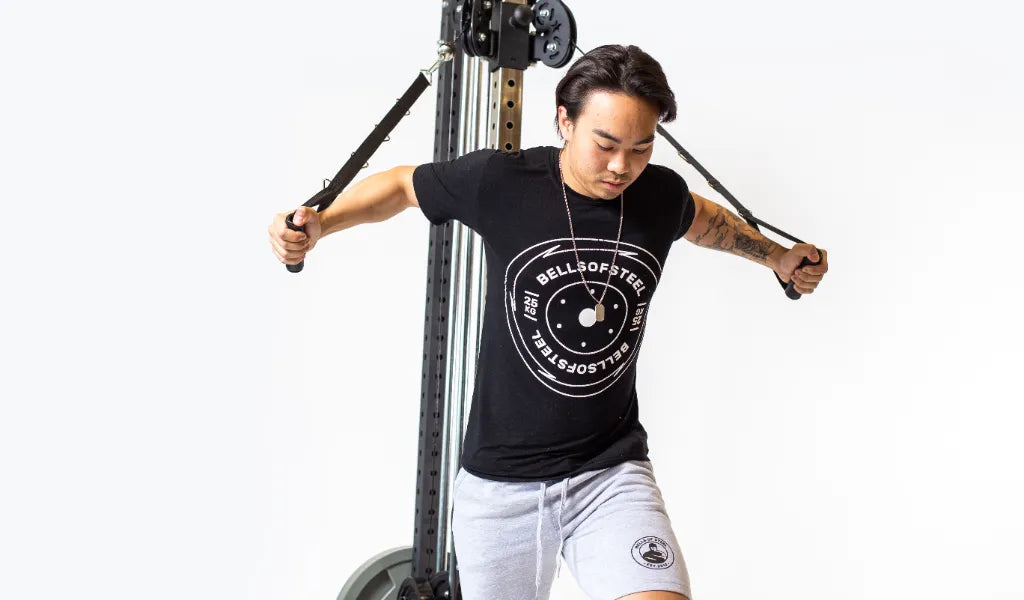If you're looking for a way to work on your lower chest muscles, the cable fly is one of the best exercises you can do. It’s a chest isolation exercise that targets the lower pectoral muscles, which are often neglected by other chest exercises.
In this guide, I'll show you what are the benefits of this exercise, how to do cable fly for the lower chest, and how to avoid common mistakes.Cable fly for the lower chest has several benefits for your chest development and overall fitness. Here are some of them:
- It isolates and activates the lower pectoral muscles, which are responsible for bringing your arms across your body and downward. This helps you develop a fuller and more balanced chest appearance.
- It improves your chest strength and endurance, which can translate to better performance in other chest exercises like the barbell bench press, push-ups, and dips.
- It enhances your shoulder stability and mobility, as you have to control the cables and keep your shoulders in a neutral position throughout the movement.
- It reduces the risk of injury, as it puts less stress on your shoulder joints and rotator cuff muscles than free weights.
- It allows you to adjust the resistance and angle of the cables to suit your level and goals. You can also use different attachments like single tricep ropes or single d handles to change the grip and feel of the exercise.
To do cable fly for the lower chest, you'll need a cable machine with two pulleys set at a high position and two adjustable-length handles for the best experience. Here are the steps to follow:
- Stand in the center of the cable machine with your feet shoulder-width apart and slightly staggered. Grab a handle in each hand and bring them in front of your chest with your palms facing each other. Your arms should be slightly bent at the elbows and your shoulders should be down and back.
- Keeping your core tight and your chest up, slowly extend your arms out to the sides until they are parallel to the floor. You should feel a stretch in your chest muscles.
- Squeeze your chest and bring your arms back to the starting position in an arc motion. Imagine that you're hugging a big ball in front of you. Don't let the handles touch each other at the end of the movement.
- Repeat for the desired number of reps.
To get the most out of cable fly for lower chest, you need to avoid some common mistakes that can compromise your form and results. Here are some tips to keep in mind:
- Don't use too much weight. If you use too much weight, you'll end up using momentum and other muscles to move the cables, which defeats the purpose of isolating your lower chest. Use a weight that allows you to perform the exercise with good control and full range of motion.
- Don't lock out your elbows. If you lock out your elbows at the end of the movement, you'll take the tension off your chest muscles and put it on your elbow joints. Keep a slight bend in your elbows throughout the exercise to maintain constant tension on your lower chest.
- Don't shrug your shoulders. If you shrug your shoulders during the exercise, you'll engage your upper traps and reduce the activation of your lower chest. Keep your shoulders down and back and focus on squeezing your chest muscles.
Don't round your back. If you round your back during the exercise, you'll lose the proper alignment of your spine and core, which can lead to lower back pain and injury. Keep your back straight and your core tight throughout the exercise.
Cable fly for the lower chest is a great exercise to isolate and target your lower pectoral muscles. By following this guide, you'll be able to perform it with proper form and technique, avoid common mistakes, and vary it to suit your level and goals. Try it out and see the difference in your chest development and performance.



